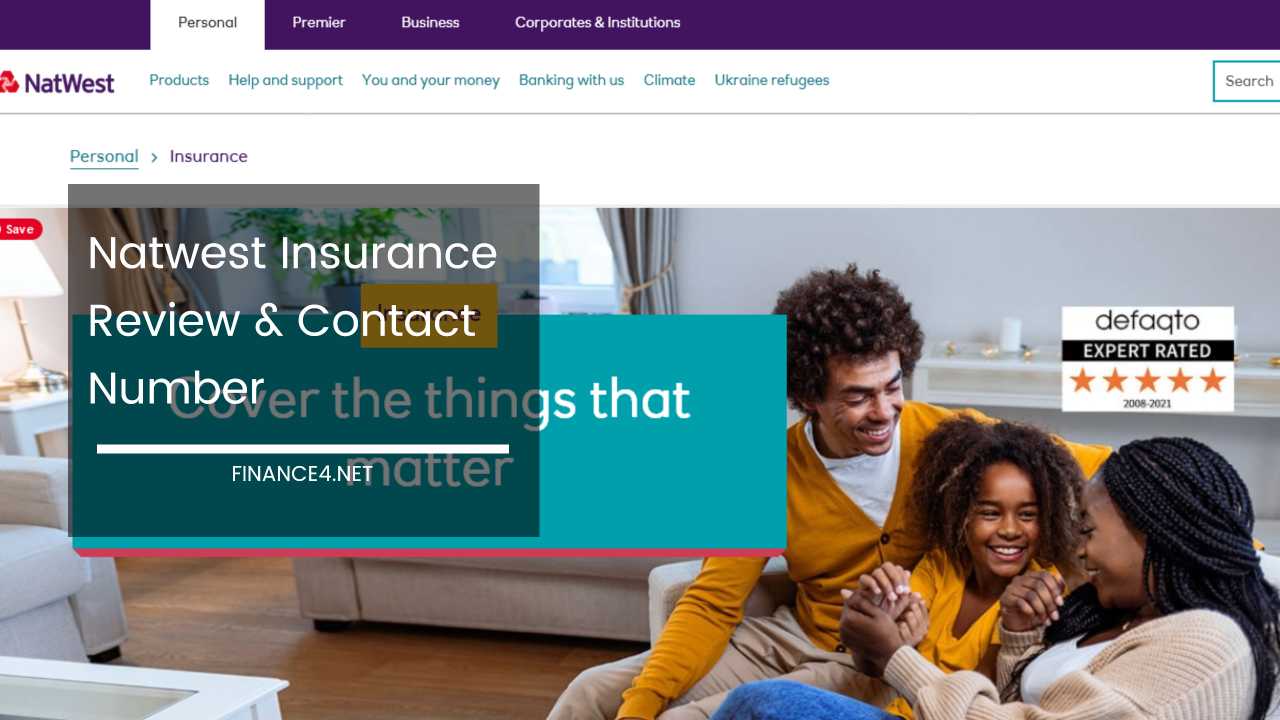Cheapest Student Loans in 2024: Save Money on Your Education

Cheap Student Loan: The Ultimate Guide to Financing Your Education
The ever-increasing cost of education makes student loans a near-ubiquitous reality for students worldwide.
While the prospect of taking on debt can be daunting, strategic planning and exploring various funding options can help you secure the most affordable way to finance your academic aspirations.
This comprehensive guide delves into the different avenues for acquiring a cheap student loan, from government programs and scholarships to loans from banks and non-banking institutions.
Demystifying Loan Costs: Interest Rates and Repayment
When comparing loan options, understanding interest rates is crucial. A lower interest rate translates to a significant reduction in your overall loan cost.
Government loans typically offer the most favorable interest rates, followed by public sector banks. Private lenders may have slightly higher rates but might provide faster processing or more flexible repayment terms.
The repayment term also significantly impacts your financial obligation. Longer repayment terms result in lower monthly installments but accrue more interest in the long run.
Conversely, shorter repayment periods mean higher monthly payments but save you money on interest. Choose a repayment plan that balances affordability with your projected future income.
Utilize online student loan calculators to estimate your monthly payments and total loan cost under different repayment scenarios.
Beyond Loans: Unveiling Scholarship and Grant Opportunities
Before diving headfirst into loans, prioritize exploring government scholarships and grants. These are essentially free money awarded based on academic merit, financial need, or specific fields of study.
Research scholarship programs offered by the central government, state governments, and even ministries that align with your chosen field. Winning scholarships can significantly reduce your loan burden, allowing you to graduate with less debt.
Government Loan Programs: A Safety Net for Students (US Specific)
The US Department of Education offers a variety of federal student loan programs with fixed interest rates and income-driven repayment plans. Understanding these programs can help you choose the most suitable option:
- Direct Subsidized Loans: These loans are specifically for undergraduate students demonstrating financial need. The government pays the interest while you’re in school at least half-time, during grace periods, and during periods of deferment. This can significantly reduce your interest accrual and overall loan cost.
- Direct Unsubsidized Loans: Available to undergraduate and graduate students regardless of financial need. Interest accrues from the time the loan is disbursed, and you’re responsible for paying the interest during all periods. These loans offer greater flexibility but require more financial responsibility.
- Direct PLUS Loans: These loans are specifically for parents of undergraduate students and graduate or professional students to help pay for the cost of education. Parents, not the students, are responsible for repaying these loans.
Public Sector Banks and Education Loan Schemes: Leveraging Government Support
Public sector banks in many countries, like SBI in India and Bank of China, are known for offering competitive interest rates on education loans.
They often have government-sponsored schemes with additional benefits like interest subsidies or waivers. These schemes might have specific eligibility criteria, such as academic merit, belonging to a particular caste, or pursuing studies in a specific field.
Ensure you meet these requirements before applying to maximize your chances of securing a cheap student loan.
Private Banks and NBFCs: Evaluating Flexibility and Speed
Private banks and Non-Banking Financial Companies (NBFCs) may offer slightly higher interest rates than public sector banks.
However, they can be quicker with loan processing and might provide more flexible repayment options. For instance, some private lenders offer loan repayment plans that adjust based on your income after graduation.
Carefully compare interest rates, processing fees, prepayment penalties, and other charges before finalizing a loan from a private lender.
The Art of Negotiation: Securing a Lower Interest Rate
Don’t be afraid to negotiate with lenders, especially private banks or NBFCs. A strong academic record, a co-signer with a good credit score, or applying during specific promotional periods can improve your chances of securing a lower interest rate.
Prepare a strong application package highlighting your academic achievements and future earning potential to demonstrate your creditworthiness.
Exploring Work-Study Programs: Earning While You Learn
Federal Work-Study (FWS) programs in the US or similar initiatives in other countries provide part-time jobs for students with financial need. Earnings from these jobs can help offset education costs and reduce your loan dependence.
Look for on-campus jobs offered by your university or explore work-study programs that allow you to gain valuable work experience in your field of study.
Unearthing Scholarships: Unveiling Hidden Gems
Many universities and private foundations offer scholarships based on academic merit, extracurricular involvement, or even specific areas of study.
Research scholarship opportunities offered by your target universities and relevant foundations to potentially reduce your loan requirement. Look for scholarships specific to your field of study, ethnicity, or even unique life experiences.
Budgeting for Success: Making Every Rupee (Dollar/Euro) Count
Carefully plan your education expenses. Consider living frugally and minimizing non-essential spending while in school.
Create a budget that outlines your income (scholarships, part-time work, etc.) and expenses (tuition, housing, food, etc.). Utilize budgeting apps or online resources to track your spending and identify areas for cost-cutting.
Even small adjustments, like cooking more meals at home or using public transportation, can significantly reduce your living expenses.
Exploring Part-Time Work Options: Balancing Studies and Income
Look for part-time job opportunities that fit your academic schedule. Many universities offer on-campus jobs in libraries, cafes, or administrative offices that provide flexible hours and allow you to network within the university community.
Consider online freelance work or remote tutoring opportunities that cater to your skills and interests. Earnings from these part-time jobs can help cover living expenses and reduce the amount you need to borrow.
Refinancing Your Loans: Strategizing for the Long Term
Once you graduate and establish a steady income, consider refinancing your student loans. Refinancing involves consolidating your existing loans into a single loan with a potentially lower interest rate.
This can significantly reduce your monthly payments and save you money on interest over the loan term. However, refinancing may not be suitable for everyone.
Carefully evaluate the terms and conditions of refinancing offers and ensure they align with your financial goals.
Final Thoughts: Making Informed Decisions for a Financially Secure Future
Financing your education doesn’t have to be a financial burden. By exploring scholarships, grants, and various loan options with a strategic approach, you can find an affordable way to achieve your academic dreams.
Remember, prioritizing government programs, public sector banks, and negotiating for better rates can significantly reduce your student loan costs.
Budgeting wisely, exploring part-time work opportunities, and considering loan refinancing in the future are additional strategies to minimize your loan burden.
Start planning early, explore all possibilities, and make informed decisions to manage your student loan effectively, paving the way for a bright and financially secure future.



